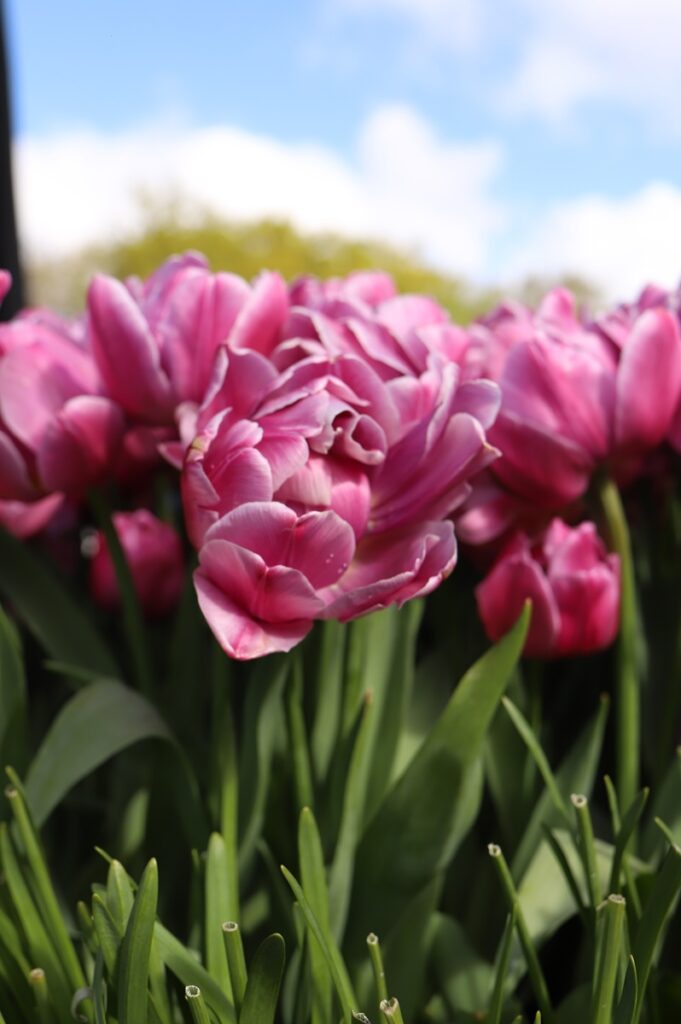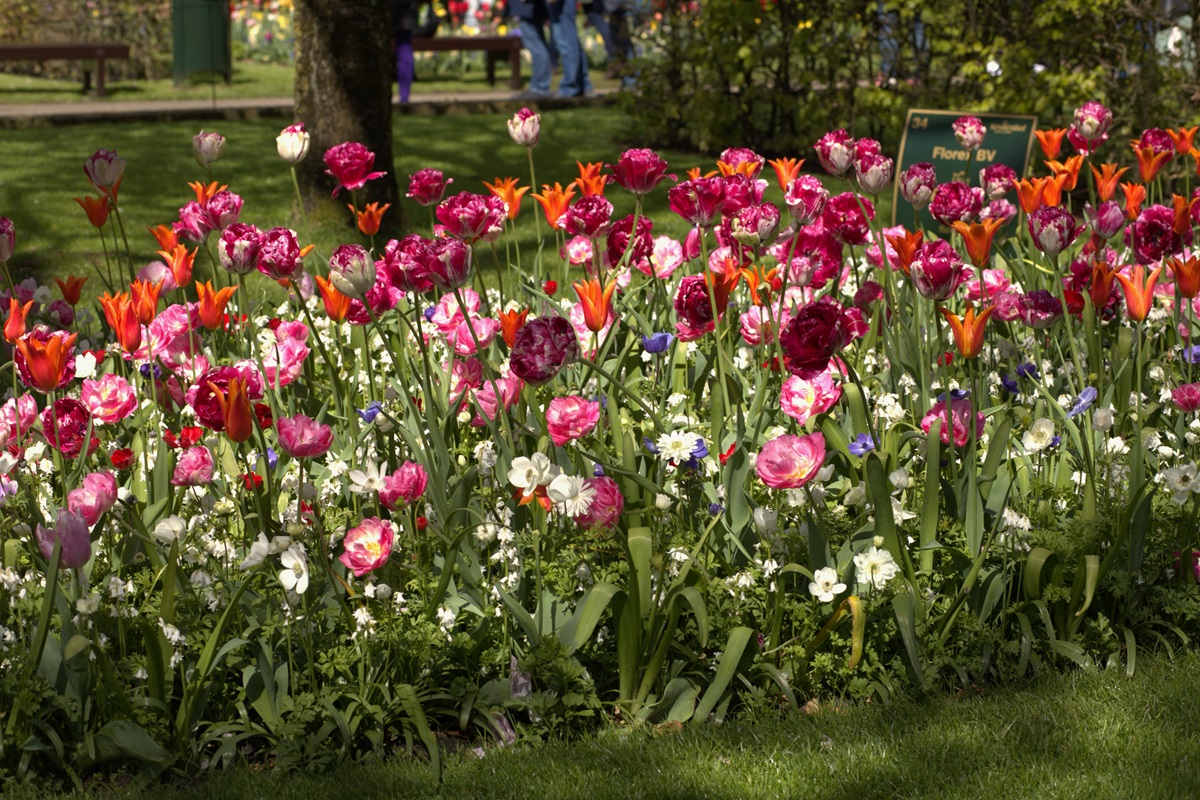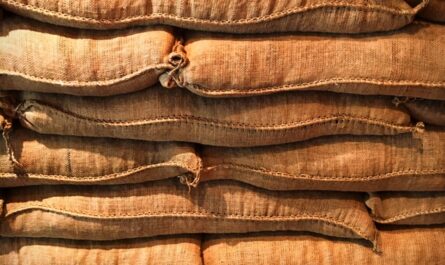This spring, I had the pleasure of visiting the Keukenhof Gardens in Lisse, taking in the sight of thousands upon thousands of tulips of all colors, fringes, and varieties. It was one of the most delightful ways I can think of to spend a Sunday afternoon. The Netherlands is, of course, where tulips were famously bought and sold in the 1630s for incredibly high sums of money -with the price of a single bulb even surpassing one year’s wages. Today, the Netherlands is the world’s top producer of tulips and other bulbs; they exported 82 million euros worth of bulbs in 2022, and the flower market makes up ten percent of the country’s Gross Domestic Product. Careful readers may have observed my recent reading centering around that particular flower this spring.
When I travel, I always read at least one book beforehand about the place I’ll be visiting. It may be a biography of a person from the region, an overview of the architecture, or, as in this case, a famous episode in history unique to the area. Such reading deepens my appreciation for the country, gives me a focus for the trip, and widens my understanding of culture in general. It makes the difference between merely seeing something, having no context for it, and experiencing something you’ve learned about and anticipated and can actually appreciate in the moment.
For this trip, I picked up a copy of Tulipomania by Mike Dash, detailing the “tulip madness” of the mid-1600s when prices for bulbs soared to incredible sums and Dutch tulips made their mark on world history. It was surreal to stand next to beds containing dozens of beautiful, vibrant tulips, knowing people at one time were paying a year’s salary (or more!) for a single bulb of questionable health. Madness, indeed!
Reading about “tulip mania” certainly deepened my understanding of the significance the tulip holds in the Netherlands, but it also helped me appreciate more deeply the science of botany and and work in gardening. The most fascinating aspect of the mania, in my opinion, was learning the patterns and coloring which sent 1630s Holland into a tizzy were by-products of a disease! While today there are hundreds of varieties of tulip, during the Dutch Golden Age, there were just a handful. Documents from the era describe three main colors: a red or pink, a white, and a yellow with colors charging across them in endless iterations. On a backdrop of one of these solid colors, the most prized tulips had a flame of color dancing upwards across the middle of each petal – the thinner, the more desirable. These ‘broken’ tulips were difficult to reproduce, rare, and particularly beautiful to the buyers at time. We only know of the disease because of modern botany; growers at the time were unsure how to reliably produce tulips to begin with, much less with selecting for particular traits. Isn’t it ironic the quality that commanded so much money and effort was the very thing that made those tulips especially fragile.
Nicknamed “The Garden of Europe”, the Keukenhof Gardens are only open for eight weeks each spring. As you can imagine, this means the grounds are quite busy. Thousands and thousands of people walk through to view these flowers each day the Gardens are open. The tickets for the Sunday I visited had sold out weeks in advance, and a guide told me there were fourteen buses scheduled to stop that day alone. That’s roughly two thousand people arriving by bus, not to mention all the cars bringing in families and all the people who were lodging nearby and biking over!
Making your way to the Gardens, you pass fields of tulip farms, which are planted in rows using impressive machines. Each color sits in a solid line producing a rainbow effect on the land. Inside the Gardens however, each of the seven million bulbs are planted by hand to achieve a particular pattern and that care is an added touch putting the garden experience over the top, in my opinion. Each suppliers’ bulbs are planted in individual beds in a unique design. This ensures each bed is unique and moves the eye around within every design, despite the fact one is walking through acres and viewing thousands of similar flowers. It adds a sense of novelty to the experience. There were several times as I walked from tulip bed to tulip bed where I thought, “Okay, this is my favorite tulip variety,” only to come across one later that elicited the same response. My favorites were shades of lavender or cotton-candy pink, and had frills at the end of their petals.

Throughout the park were also indoor pavilions, some functioning as tiny museums showing the history of the Gardens, others had booths offering flower-themed wares, and just a few housed additional tulip beds, showcasing some exceptionally beautiful varieties. It was much cooler and shaded inside, which felt nice and helped with metering for photographs. For the most part, the pavilions were less crowded than some of the sidewalks outside. I had seen and heard reports of badly behaved tourists – walking on the flowers to pose for a photo in the middle of them or picking (stealing!) flowers – from people who visited in previous years, but everyone I observed was well-behaved.
The Keukenhof Gardens are open each spring for eight weeks, during which an array of seven million flower bulbs bloom and put on a spectacular display. I had wanted to and attempted to attend last year, but everything was sold out. This year, I booked my ticket for mid-April early. Honestly, it was worth the year-long wait! As flowers depend on weather and natural conditions, the exact blooms and plants flowering will change from year to year and your best bet is to keep up with the weather conditions in the area, so you can choose an optimal time to visit.
I most enjoyed looking at the mixed beds, with so much variety in them. There were tulips mixed in with narcissus, hyacinth, and Muscari, beautifully layering shapes and colors. I also enjoyed walking along the little creek running through the gardens toward a windmill at the edge of the property, fully restored and staged to look as it would have centuries ago. I walked to the windmill over lunch, hunting down a place to eat my fries. It was neither quiet or secluded, but it was a scenic spot to pause for a bite. The fries were delicious.
As I’ve detailed, the gardens were stunning. A single tulip is a beauty, deeply pigmented, delicate, and elegant; spending a day in a garden full of them was a delight.
Images by author, taken at Keukenhof Gardens in Spring 2024.




